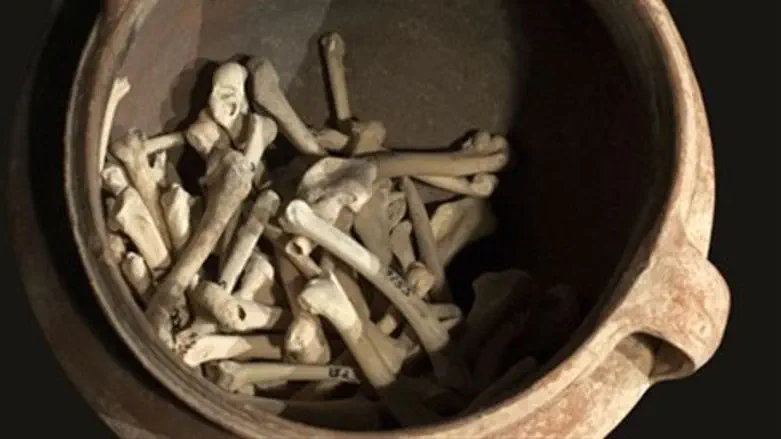
The ancient city of Maresha, in Judea, which flourished between 400 and 200 BCE, is the earliest site known today where economic exploitation of chickens was widely practiced, according to Israeli archaeologists.
"The site is located on a trade route between Jerusalem and Egypt," Lee Perry-Gal, a doctoral student in the department of archaeology at the University of Haifa, told NPR. As a result, she explained, it was a meeting place of cultures, "like New York City.”
Not too long ago, the archaeologists digging at the site, located near Beit Guvrin, were surprised to unearth a collection of chicken bones.
The fact that humans kept chickens domesticated was not a surprise, since this is known to have been going on for thousands of years, starting in Southeast Asia and China. However, the older sites contained scattered chicken bones, indicating that the chickens had been raised for cockfighting, or for special ceremonies.
Maresha, though, contained more than a thousand chicken bones. "They were very, very well-preserved," explained Perry-Gal, whose findings appear in the Proceedings of the National Academy of Sciences (PNAS). The bones bear knife marks, from butchering, and there were twice as many bones from female birds as male, indicating that they were being raised for their meat, not for cockfighting.
“We base our claim on the exceptionally high frequency of chicken bones at that site, the majority of which belong to adult individuals, and on the observed 2:1 ratio of female to male bones,” the researchers wrote.
Perry-Gal told NPR that the innovation at Maresha indicated a change in the way people thought about food. "This is a matter of culture," she said. "You have to decide that you are eating chicken from now on."
The newly discovered food source may have triggered a global change in the human diet. Barely a century after Maresha residents began eating chicken, the Romans starting spreading the habit across their empire.
“These results are supported further by an extensive survey of faunal remains from 234 sites in the Southern Levant, spanning more than three millennia, which shows a sharp increase in the frequency of chicken during the Hellenistic period,” researchers Perry-Gal, Adi Erlich, Ayelet Gilboa, and Guy Bar-Oz wrote in PNAS.
"From this point on, we see chicken everywhere in Europe," Perry-Gal explained. "We see a bigger and bigger percent of chicken. It's like a new cellphone. We see it everywhere."